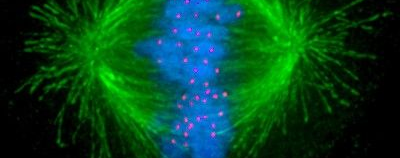Loading...

Cancer Diagnostics
Cancer Diagnostics
Overview
| Headquarters | None |
| Industries |
Biotechnology & Pharmaceuticals
|
| Website | https://www.creative-biolabs.com/drug-discovery/diagnostics |
| Social |
|
About
The cancer diagnostic development involves creating innovative tools, assays, and technologies to accurately detect, classify, and monitor cancers. This process is crucial for early detection, personalized treatment planning, and monitoring disease progression or recurrence. Here's an overview:
Key Areas in Cancer Diagnostic Development
1. Biomarker Discovery and Validation
- Definition: Biomarkers are biological molecules that indicate the presence or progression of cancer.
- Focus Areas:
- DNA mutations (e.g., BRCA1/2 for breast cancer).
- RNA profiles, such as miRNAs.
- Protein markers (e.g., PSA for prostate cancer).
- Metabolites and other molecular signals.
- Technologies Used: High-throughput sequencing, proteomics, metabolomics.
2. Imaging Techniques
- Advanced imaging technologies, like MRI, PET, and CT scans, enable non-invasive visualization of tumors.
- Development includes enhancing sensitivity, resolution, and functional imaging capabilities.
3. Liquid Biopsy
- Detects circulating tumor cells (CTCs), cell-free DNA (cfDNA), or exosomes in blood samples.
- Provides a minimally invasive method to monitor tumor dynamics in real-time.
4. Molecular and Genomic Testing
- Technologies such as next-generation sequencing (NGS) and PCR are employed for analyzing cancer-specific genetic alterations.
- Enables personalized medicine by identifying actionable mutations for targeted therapies.
5. Immuno-Diagnostics
- Focuses on detecting immune responses or tumor antigens.
- Includes assays like ELISA, flow cytometry, and immunohistochemistry.
6. AI and Machine Learning Integration
- AI is increasingly used to analyze diagnostic data, identify patterns, and predict cancer types or outcomes.
Loading Related Guides...
Locations
False
False
False
True
False
Sign In to Continue
×You must be signed in as a media user to from Cancer Diagnostics and interact with hundreds of other media-ready brands.









